Black neon tetra - Hyphessobrycon herbertaxelrodi
Scientific name: Hyphessobrycon herbertaxelrodi
Common name: Black neon tetra
Family: Characidae
Usual size in fish tanks: 3 - 4 cm (1.18 - 1.57 inch)
014
Recommended pH range: 5.6 - 7.4
Recommended water hardness: 0 - 18°N (0 - 321.43ppm)
0°C 32°F30°C 86°F
Recommended temperature range: 23 - 27 °C (73.4 - 80.6°F)
The way how these fish reproduce: Spawning
Where the species comes from: South America
Temperament to its own species: peaceful
Temperament toward other fish species: peaceful
Usual place in the tank: Middle levels
Origin
The Black Neon Tetra (Hyphessobrycon herbertaxelrodi) originates from South America, specifically in Brazil. They are commonly found in small, slow-moving streams and waterways that are densely vegetated and have high oxygen levels. These natural habitats typically feature soft, slightly acidic to neutral water, which can be replicated in the home aquarium to keep the fish comfortable.
Short Description
The Black Neon Tetra is a popular and hardy choice for aquarists, particularly beginners, due to its ease of care and peaceful nature. As a member of the Characidae family, these tetras make excellent additions to community tanks with other small, peaceful fish. Black Neon Tetras are known for their striking coloration, featuring a pale green or ivory lateral line along the body that contrasts beautifully with their dark lower body.
Growing up to 3-4 cm (1.18-1.57 inches) in length, they are ideal for smaller aquarium setups. Their manageable size, active swimming behavior, and attractive appearance make them a popular choice for aquarists of all experience levels.
Lifespan
With proper care, the Black Neon Tetra can live up to 5 years or more. Consistent water quality and a balanced diet are crucial to helping them reach their full lifespan potential.
General Care
Black Neon Tetras are a social species that thrive in groups, so it is recommended to keep them in schools of at least 6 individuals. A minimum tank size of 76 liters (20 gallons) is ideal, allowing sufficient space for swimming and ensuring stable water conditions. These fish appreciate low to moderate lighting, which enhances their natural coloration, and they thrive best with a dark substrate that mimics their natural environment.
Adding live plants such as Anubias or Java Fern, which tolerate low light, can create a comfortable and visually appealing setup. Rocks and driftwood can be added for decoration, but ensure plenty of open swimming space remains, as they are active swimmers. Maintain a water temperature of 23-27°C (73.4-80.6°F) and a pH range between 5.6-7.4. Regular water changes of about 10% weekly are essential, and promptly remove any uneaten food to keep water quality high.
Black Neon Tetras can be housed with other peaceful species, such as other tetras, danios, and small bottom dwellers like Corydoras catfish, as long as the tank mates require similar water parameters.
Food and Feeding
Black Neon Tetras are easy to feed and will readily accept a variety of foods. A high-quality flake or small pellet food can serve as their staple diet. To provide variety and additional nutrients, supplement with treats such as brine shrimp, bloodworms, or daphnia once or twice per week. A varied diet helps maintain their vibrant coloration and supports their overall health.
Sexing
Sexing Black Neon Tetras is relatively simple, as mature females are generally larger and have a fuller, rounder body shape than males. This difference becomes more noticeable when females are carrying eggs.
Breeding
Breeding Black Neon Tetras is relatively straightforward, making them a good choice for beginner breeders. For best results, use a separate breeding tank of about 38 liters (10 gallons) with very low lighting. Install an air-driven sponge filter to provide gentle filtration, and maintain soft, slightly acidic water. Adding a layer of marbles or fine mesh at the bottom can help protect the eggs from being eaten by the adults.
Condition the breeding group, consisting of 1-2 males and several females, with live or frozen foods. Once the females are full of eggs, they will scatter the eggs throughout the tank, often in the early morning. The eggs will have a sticky coating, allowing them to attach to plants or the tank walls. After spawning, promptly remove the adults to protect the eggs. The eggs typically hatch within 24 hours, depending on the water temperature. Once the fry become free-swimming, they can be fed infusoria or newly hatched brine shrimp until they grow large enough to accept larger foods.
Pictures
Thanks to halkor who has allowed us to use his pictures.
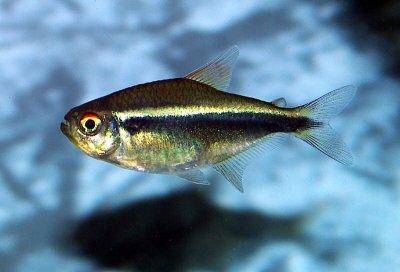


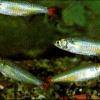 Bloodfin
Bloodfin 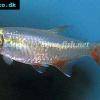 Bloodfin
Bloodfin  Panda
Panda 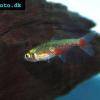 Green
Green 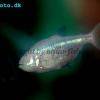 Blind
Blind  Kennedy
Kennedy 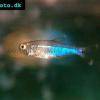 Blue
Blue 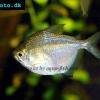 Discus
Discus 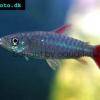 Pink
Pink 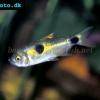 Bucktoothed
Bucktoothed 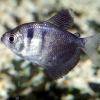 Black
Black 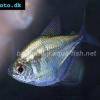 False
False 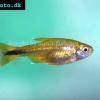 Silver
Silver  Hemigrammus
Hemigrammus 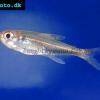 Dash-dot
Dash-dot  Rummy
Rummy 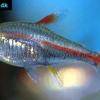 Glowlight
Glowlight 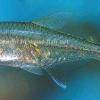 January
January 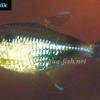 Head
Head 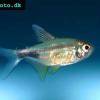 Garnet
Garnet 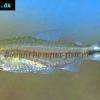 Rummy
Rummy  Gold
Gold  Red
Red 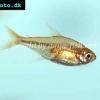 Ember
Ember 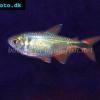 Buenos
Buenos 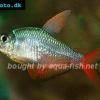 Colombian
Colombian 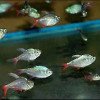 Ecuador
Ecuador  Bleeding
Bleeding 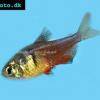 Flame
Flame 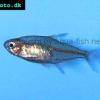 Georgett’s
Georgett’s 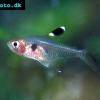 Griems
Griems  Kitty
Kitty 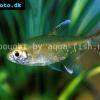 Firefin
Firefin 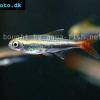 Loreto
Loreto 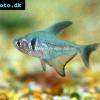 Black
Black 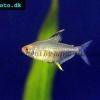 Lemon
Lemon 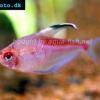 Redback
Redback 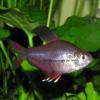 Rosy
Rosy 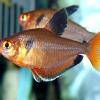 Serpae
Serpae 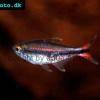 Savanna
Savanna 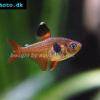 Red
Red 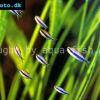 Blue
Blue 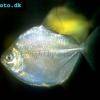 Silver
Silver 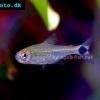 Ceros
Ceros  Napo
Napo 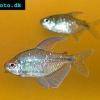 Diamond
Diamond 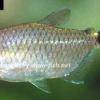 Red
Red 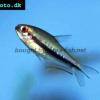 Rainbow
Rainbow 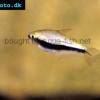 Emperor
Emperor  Cardinal
Cardinal 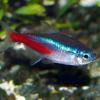 Neon
Neon 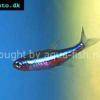 Green
Green 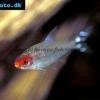 False
False  Glass
Glass 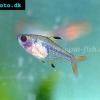 X-ray
X-ray 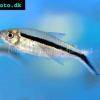 Penguin
Penguin